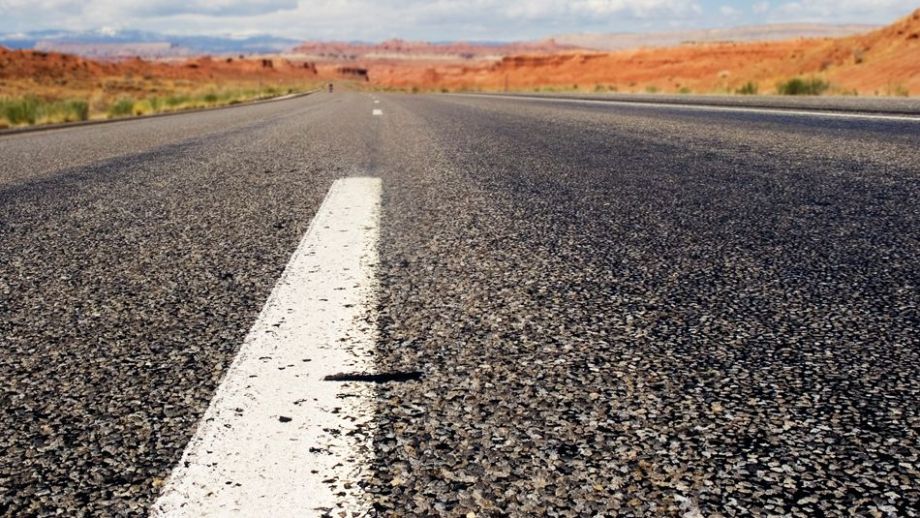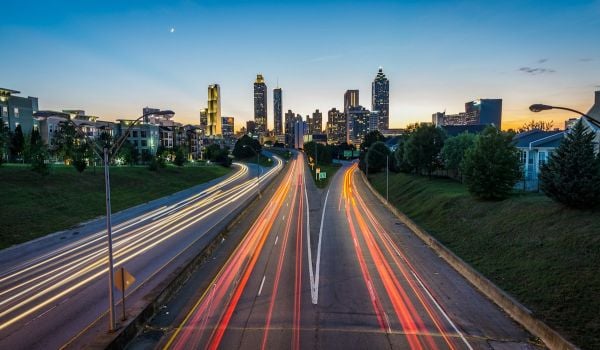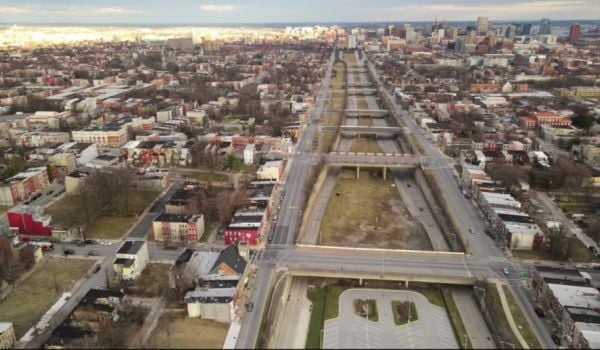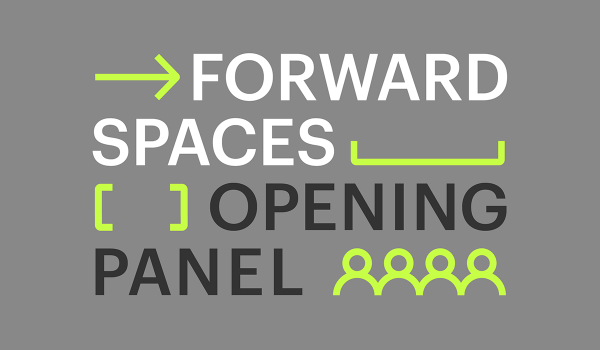Ought the Sun Belt continue its love affair with asphalt and build an interstate — probably the last of the superhighway era — between Phoenix and Las Vegas? Josh Stephens asks the question in this week’s Forefront.
In 1919, shortly after the close of World War I, a young Army lieutenant named Dwight David Eisenhower participated in one of the greatest overland expeditions in U.S. history, only slightly less momentous than those of Lewis and Clark, the Pony Express and the pioneers. The Army Transcontinental Motor Convoy took 62 days to cross 3,250 miles between Washington, D.C. and California, where it finally ended in San Francisco.
Eisenhower would have recognized none of the romance that modern-day drivers see in the open road. Where he went, there were no roads — the convoy built its own passages and bridges. Between the rutted paths, achingly slow speeds and desolation, Eisenhower probably had all the reasons he needed to imagine linking every major point of interest in the country with safe, solid roads. Perhaps no reason loomed so large as the brackish mud flat that nearly swallowed the convoy in Utah.
While the future president was sinking up to his spats, things were no more inspiring to his south and west. Combined, the towns that would become the largest cities in Arizona and Nevada amounted to 33,000 people — with Phoenix 10 times bigger than Las Vegas — all enduring twin agonies of rail-warping heat and mind-numbing isolation. To the planners who mapped out the initial 42,500-mile Interstate Highway System in the 1940s, these cities, then, were nothing if not inconsequential; “tiny dots,” in the words of Earl Swift, author of The Big Roads.
Like the railroads before them, the interstates that crossed the southern half of the United States focused on coastal California. Interstate 40 and Interstate 15 merge in Barstow, and then meet up with Interstate 10 near San Bernardino. The nearest north-south link between interstates 10, 40 and 70 (the eastward extension of 15) is Interstate 25, a full 670 miles from Barstow on the eastern flank of the Rocky Mountains. Uninterrupted desert was the only thing between two tiny dots, Phoenix and Las Vegas, that within a couple of generations would emerge as two of the country’s most robust economies.
Given the full and quick nature of their transportation since the 1940s, it is somewhat surprising that still today, the two cities remain without an interstate connection, a distinction that makes them the largest pair of adjacent cities in the country disconnected from the system’s asphalt ribbons. But if a growing coalition of boosters and public officials get their way, that will soon change with the arrival of the country’s next — and maybe last — great highway project: Interstate 11.
The proposed interstate would traverse the roughly 300 miles of punishing desert between the Vegas strip and Phoenix’s strip malls, with little but a handful of bighorn sheep and an army of saguaro cacti along the route. The project’s scale would hearken back to the early days of the Interstate Highway program. After years of speculation and lobbying, Interstate 11 finally received federal designation in the U.S. Department of Transportation and Federal Highway Administration’s MAP-21 bill, passed by Congress signed by President Obama in July. In an act of inside-the-Beltway poetry, Congress approved the highway designation 56 years to the day from when President Eisenhower signed that first surface transportation bill.
In some sense, this potentially monumental undertaking could fulfill a psychological need, a sort of obsessive-compulsive desire to “complete” the national highway grid. Cartographically, it would confer a new status on the route, which would no longer be considered a secondary backwater road. And, economically and demographically, supporters say it would lead to a new era of growth in the region.
“We’ve been adding spurs and beltways but we have not been adding major city-to-city connections like this,” said Owen Gutfreund, author of Twentieth-Century Sprawl: Highways and the Reshaping of the American Landscape. “This is on a scale that is not currently contemplated elsewhere.”
Whether the desert southwest is, however, an ideal place for growth remains to be seen. Las Vegas and Phoenix have, so far, specialized in the type of low-density, auto-dependent development that first became popular in the 1950s and is now derided by many progressive planners as wasteful and old-fashioned. The cities share some of the same water supplies and are both expected to melt as the global climate heats up further. Activists straining to promote compact downtown development remain at loggerheads with developers tearing up the urban fringe.
Across the country, many cities are contemplating the removal of freeways and the promotion of alternative transportation. The creation of a new freeway — one that could cost billions, trample desert habitat and bring thousands of thirsty residents to an arid land — may be a costly anachronism, the final piece of Eisenhower’s legacy.
To read more, subscribe to Forefront. Already a subscriber? Click here to continue reading.
















